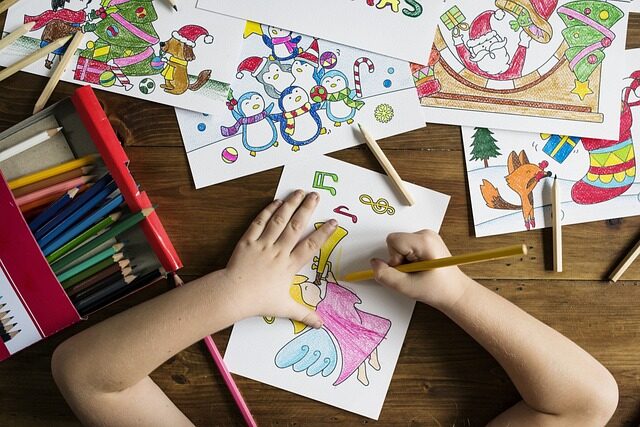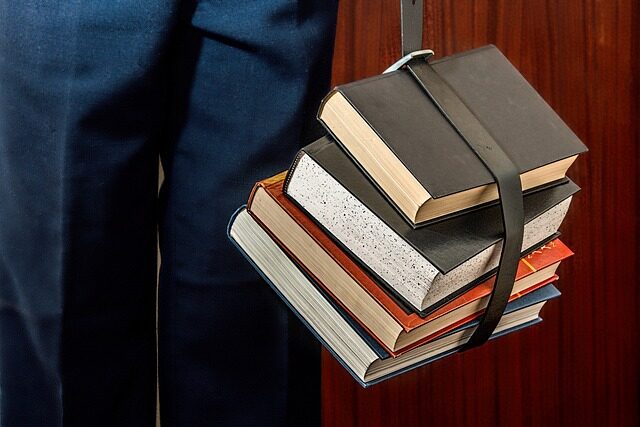What Is School Like In Norway?
Welcome to an exploration of the Norwegian education system, recognized for its progressive approach and commitment to inclusive learning. Children in Norway embark on their educational journey at the age of 6 and continue through to the age of 16, immersed in a curriculum that values both academic and practical skills, often with a unique emphasis on outdoor education.
From the early beginnings in barnehage (kindergarten) to the completion of videregående skole (upper secondary school), Norway’s educational structure supports a well-rounded development for its students. Let’s delve into the intricacies of Norwegian schools and what makes them stand out in the global education landscape.
- What Is the Education System Like in Norway?
- What Are the Key Features of Norwegian Schools?
- How Does the Grading System Work in Norway?
- What Is the School Year Schedule in Norway?
- What Age Do Children Start School in Norway?
- What Are the Differences Between Public and Private Schools in Norway?
- What Options Are Available For Higher Education In Norway?
- What Is the Education System Like in Norway?
- What Are the Key Features of Norwegian Schools?
- How Does the Grading System Work in Norway?
- What Is the School Year Schedule in Norway?
- What Age Do Children Start School in Norway?
- What Are the Differences Between Public and Private Schools in Norway?
- What Options Are Available For Higher Education In Norway?
What Is the Education System Like in Norway?
The Norwegian education system is divided into three main levels: barneskole (primary school), ungdomskole (lower secondary school), and videregående skole (upper secondary school). This structure is designed to cater to the developmental needs of children as they progress through their schooling years.
The majority of schools in Norway are state-funded and provide free education. This reflects Norway’s commitment to equality and accessibility in education, ensuring that all children, regardless of their socio-economic background, have the opportunity to learn and thrive.
Norwegian schools emphasize a balanced approach to education, where academic learning goes hand-in-hand with practical skills and physical activity. This holistic approach is evident in the diverse set of subjects and the inclusion of outdoor activities in the curriculum.
In terms of higher education, Norway boasts a variety of accredited institutions that offer an array of programs and courses. These universities and colleges maintain high academic standards and are increasingly popular among international students.
Another key aspect of the Norwegian education system is its inclusivity. Special needs education is an integral part of the system, ensuring that all students receive the support they need to succeed.

What Are the Key Features of Norwegian Schools?
Norwegian schools are characterized by their student-centered approach, which aims to foster independence and critical thinking. This is achieved through various teaching methods and a supportive learning environment that encourages students to explore and discover.
Moreover, collaboration plays a significant role with group work being a common practice in classrooms. This not only enhances learning outcomes but also helps in developing interpersonal skills and teamwork.
The use of technology in Norwegian schools is also noteworthy. Classrooms are well-equipped with modern technologies that enhance learning and ensure students are prepared for a digital future.
One of the most distinctive features is the emphasis on outdoor education. Schools regularly organize trips and outdoor activities that contribute to students’ physical well-being and their understanding of nature and environmental issues.
Additionally, the Norwegian school curriculum aims to promote equality and understanding, with subjects like ethics, religion, and philosophy being part of the educational journey from an early age.
How Does the Grading System Work in Norway?
In Norway, the grading system is numerical, ranging from 1 to 6, with 6 being the highest achievable grade. The grading reflects a student’s mastery of the subject matter, with a strong emphasis on individual progress and understanding.
Assessment in Norwegian schools is not solely based on examinations. Continuous assessment through coursework, class participation, and projects also play a fundamental role in determining a student’s grade.

Feedback is considered a crucial component of the grading process, with teachers providing constructive comments to help students improve and develop their skills.
At the upper secondary level, grades become increasingly important as they can influence a student’s eligibility for certain higher education programs.
Despite the importance of grades, Norwegian schools prioritize learning and personal development over competition, fostering a supportive and collaborative environment.
What Is the School Year Schedule in Norway?
The school year in Norway typically runs from mid-August to mid-June, encompassing around 190 days of instruction. The academic year is divided into two terms, with a Christmas holiday in between and a longer summer break.
Schools also observe other holidays throughout the year, such as autumn break, Easter break, and various public holidays. This allows students to recharge and engage in extracurricular activities or family time.
Norway school hours vary depending on the level of education, but they generally start around 8:30 AM and finish by 3:30 PM, with shorter days for younger children.
Parent-teacher meetings and planning days are also a part of the schedule, ensuring that educators and parents are in sync regarding students’ progress and needs.

What Age Do Children Start School in Norway?
Children in Norway begin their formal education at age 6, when they enter barneskole. However, before this stage, many children attend barnehage, which is not compulsory but widely popular and plays a significant role in early childhood development.
The Norwegian government supports early education by subsidizing barnehage fees, making it accessible to most families. This early learning environment helps in preparing children for the structured school setting they will encounter at age 6.
After completing primary and lower secondary education, students typically move to videregående skole at around the age of 16, where they have the option to choose between general studies or vocational training paths.
What Are the Differences Between Public and Private Schools in Norway?
While the majority of children in Norway attend public schools, there are also private alternatives. Public schools are funded by the government and do not charge tuition fees, providing equal access to education for all.
Private schools, on the other hand, might have specific educational philosophies or religious affiliations and usually charge tuition fees. However, even private schools in Norway are subject to the national curriculum and must adhere to the same educational standards as public schools.
The choice between public and private education in Norway often comes down to personal preference or specific educational needs. Both types of schools are committed to providing high-quality education and fostering the overall development of their students.
What Options Are Available For Higher Education In Norway?
- Norwegian universities offer a wide range of undergraduate and postgraduate programs across various fields of study.
- Vocational schools provide practical and industry-specific education, catering to those who prefer a more hands-on learning experience.
- Specialized institutions focus on areas like arts, music, and architecture, providing a more targeted educational journey.
- For international students, many higher education programs are available in English, making Norway an attractive study destination.
- The government also offers scholarships and funding opportunities to ensure that higher education is accessible to all who qualify.
Understanding the Norwegian education system is essential for appreciating the unique learning environment it provides for students. From the comprehensive barneskole to the diverse opportunities in higher education in Norway, the system is set up to encourage growth, innovation, and inclusivity. Whether you’re considering moving to Norway or are simply curious about its educational practices, it’s clear that Norway places a significant emphasis on nurturing well-rounded and forward-thinking individuals.

To gain a visual insight into the Norwegian school experience, take a look at this insightful video:
Through its unique blend of academics, practical skills, and social responsibility, the Norwegian education system continues to be a model for countries around the world, showcasing the power of a balanced and inclusive approach to education.

